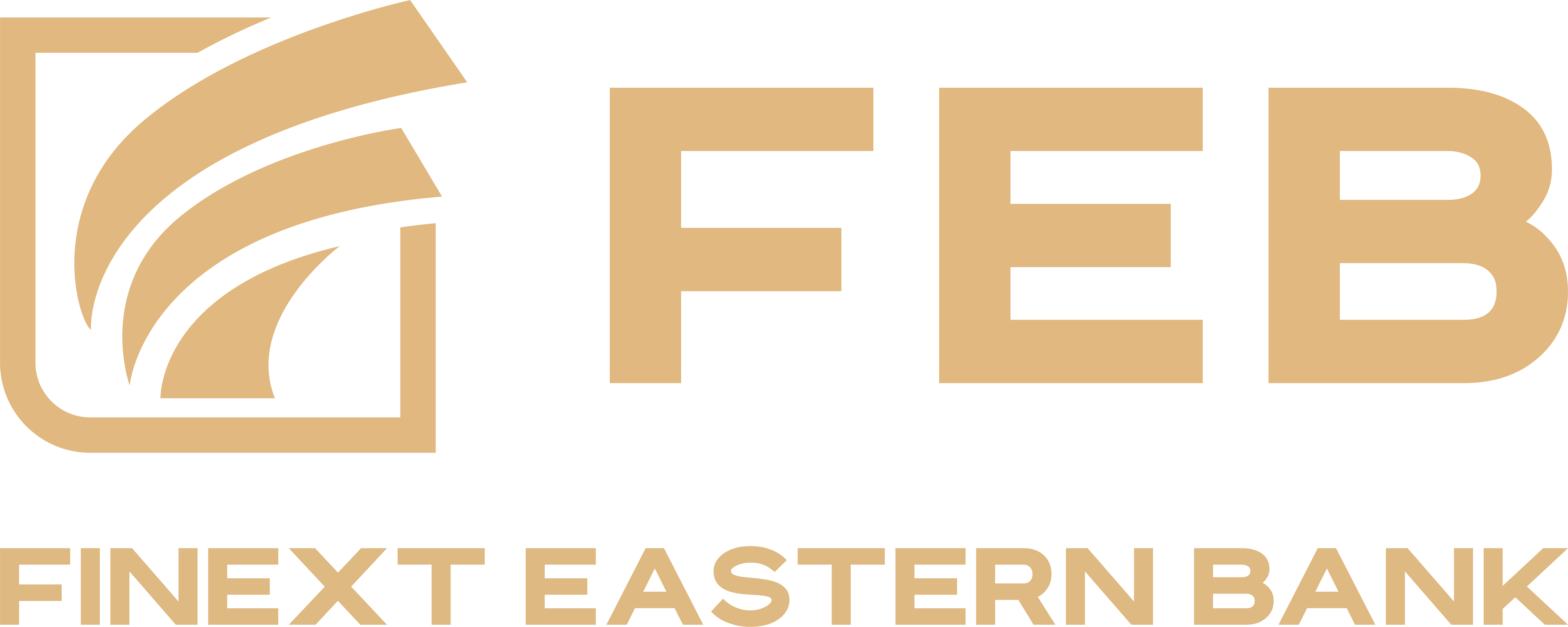What Is the Digital Yuan?
The digital yuan (e-CNY) is China’s official central bank digital currency (CBDC), issued and backed by the People’s Bank of China (PBOC). It is classified as M0 — the digital equivalent of physical cash. Like coins and banknotes, it is legal tender and can be used for everyday payments.
Just as important is what the digital yuan is not:
- It is not a cryptocurrency. Unlike Bitcoin or Ethereum, it is centrally issued and controlled, not mined, and not decentralized.
- It is not a stablecoin. It is not pegged to another currency or backed by private reserves; it is a sovereign currency tied directly to the renminbi.
- It is not a bank deposit (M1/M2). It is designed to replace cash in circulation, not demand deposits or savings accounts.
In short, the digital yuan is cash in digital form — a state-controlled currency built to modernize China’s payments system.
What It Will Become
Although it begins as a digital replacement for cash, the digital yuan is intended to play a much larger role.
From Cash to Deposits
Reports indicate that China intends to deepen adoption by integrating the e-CNY with banks, fintech platforms such as Alipay and WeChat Pay, and state services. This evolution could push it closer to M1 and M2 territory, expanding beyond simple transactions to interact with deposits, savings, and broader credit markets.
A Vehicle for Internationalization
Beijing also views the digital yuan as a tool to promote the global use of the renminbi. By enabling direct, instant settlement in yuan, China aims to reduce reliance on the U.S. dollar in trade and finance. Pilot programs already link the e-CNY with partners in ASEAN and the Middle East, where settlement can occur in seconds rather than days.
A central pillar of this strategy is mBridge, a blockchain-based platform developed with the Bank for International Settlements and several central banks. It connects multiple CBDCs for fast, low-cost cross-border payments – and provides the infrastructure for the yuan’s international reach.
Programmability and Policy Power
The e-CNY also offers features no cash or banknote can: programmable money. In theory, funds could be coded with expiry dates, restricted uses, or targeted stimulus, giving the state unprecedented precision in economic policy.
Why It Matters
The rise of the digital yuan is not only a financial experiment – it is a statement of intent. China’s goals can be seen across four dimensions:
Control
China seeks to reduce global dependence on the U.S. dollar and assert its own monetary sovereignty. The e-CNY ensures Beijing maintains full oversight over money within its borders and beyond.
Efficiency
By removing middlemen such as correspondent banks and clearinghouses, the digital yuan enables faster, cheaper, and counterfeit-proof transactions.
Resilience
In an era of sanctions, trade disputes, and financial fragmentation, the e-CNY creates a parallel infrastructure, insulating China from foreign-controlled payment systems.
Strategic Leadership
Just as the United States passed the Genius Act to reinforce its financial influence, China is advancing the digital yuan to position itself as a leader in the future of digital money. Both powers are now racing to shape the rules of global finance.
Conclusion: Centralization vs. Decentralization
The digital yuan represents the state’s vision of centralized money – efficient, resilient, and programmable, but tightly controlled. Decentralized cryptocurrencies, meanwhile, embody the opposite philosophy -open, borderless, and trustless, but less stable under coordinated policy.
In the economic world, both models have value. Centralization offers order and efficiency; decentralization brings innovation and freedom. The most sustainable future may not lie in one or the other, but in seamless bridges between them.
Initiatives like Project mBridge – a cross-border CBDC platform developed by China, Hong Kong, Thailand, and the UAE – already point toward this middle path, where centralized and decentralized systems can coexist and interact.
The future of money lies not in full centralization or decentralization, but in the seamless transition between them.
Disclaimer
This article is for informational purposes only and does not constitute financial, investment, legal, or other professional advice. The views expressed are neutral and reflective of currently available data as of the publication date. Readers should consult qualified professionals before making decisions based on this information.






